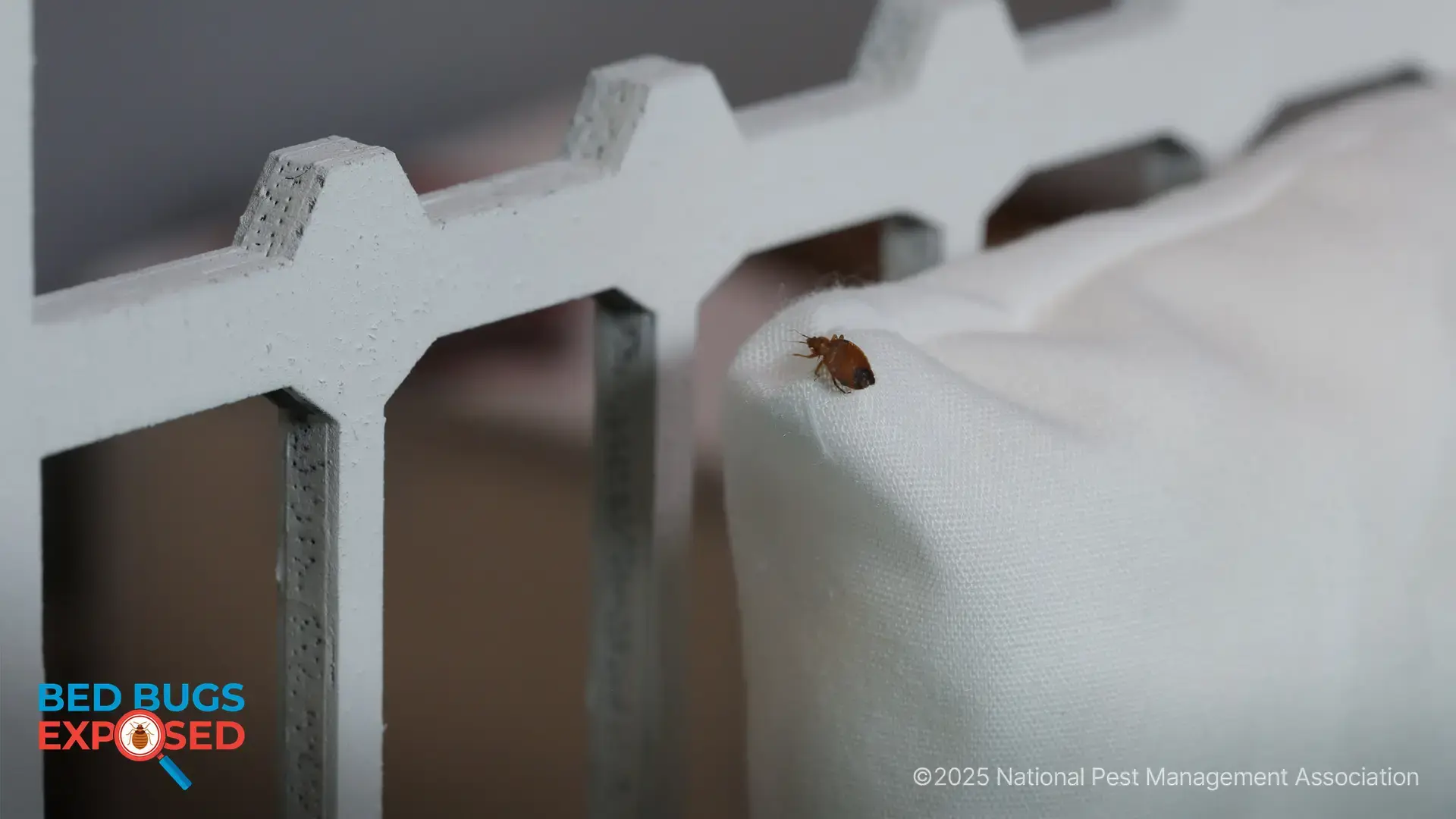Bee Careful!: Expert Tips On What to Do for a Bee Sting
Dr. Jorge Parada, Medical Advisor, NPMA
In the summer, bee stings are to be expected as you head outdoors to enjoy parks and picnics. Every year, stinging insects send more than half a million people to the emergency room in the United States. To keep your family protected when enjoying outdoor activities this summer, it’s important to know what to do for a bee sting and how to remove a stinger.

What are the symptoms of a bee sting?
Many stung by a bee will experience a sharp, burning pain followed by a red welt at the sting site. You will likely see a small white spot in the center of the welt where the stinger punctured the skin. The swelling and pain typically resolve within a few hours, but in some cases individuals can develop a more severe reaction. For these individuals, the sting site will gradually enlarge until it reaches roughly four inches in diameter and symptoms should resolve within five to 10 days.
For those who are allergic to bee stings, however, they could experience anaphylaxis, which could be deadly. Some symptoms of anaphylaxis include rashes or hives, tongue or throat swelling, nausea and vomiting, wheezing, dizziness and loss of consciousness. Seek out medical assistance or call 911 immediately if an individual experiences symptoms of this severe allergic reaction. If they have been prescribed EpiPen®, they should carry it with them at all times and use it immediately at the first signs and symptoms of a severe allergic reaction. For less severe cases, there are several bee sting treatments and remedies you can perform at home.
What to do when you are stung by a bee:

It is important to remove the bee stinger as quickly as possible to avoid allowing the venom to spread which could cause a more severe reaction. Pinch or scrape the sting, or even swipe the edge of a flat object across the welt to dislodge the stinger. If a stinger is left in place, it could leave room for infections or cause a foreign body reaction. After removing the stinger, use soap and cold water to clean the area. Use a cold compress such as an ice pack to alleviate some of the pain. You can also use anti-inflammatory medicines as well. In order to calm the local reaction, antihistamine and hydrocortisone ointments are recommended. It is helpful to elevate your limb if the sting is on an extremity of the body. For those with more severe reactions, your healthcare provider may choose to prescribe an oral steroid.
How can you prevent bee stings?
The best way to prevent bee stings around the backyard is to avoid beehives. Bee colonies can become defensive and attack as a united front if they feel their nest is being threatened, so it is best to call in a licensed pest control professional to remove a nest. Another method of prevention is to avoid applying perfume or cologne before spending time outdoors as yellowjackets and other stinging insects are attracted to sweet fragrances. At any outdoor event, remember to cover and properly dispose of food to deter stinging insects. Unfortunately, while insect repellants work quite well for mosquitoes and ticks, they have little effect on bees and other related stinging insects. Keeping all of these tips in mind will help lessen your chances of being stung and will leave room for more summer fun!

Learn About Rodents
Rodents invade millions of homes each winter. Learn more about them!

NPMA's Bug Barometer Forecast
The latest Bug Barometer® forecast from the National Pest Management Association reveals what homeowners across America can expect from pest activity this fall and winter.

NPMA's Bed Bugs Exposed Project
Check out NPMA's Bed Bugs Exposed project to learn more about this hitchhiking pest and how to prevent an infestation at home.
Find a PEST PRO in your area

Learn About Rodents
Rodents invade millions of homes each winter. Learn more about them!

NPMA's Bug Barometer Forecast
The latest Bug Barometer® forecast from the National Pest Management Association reveals what homeowners across America can expect from pest activity this fall and winter.

NPMA's Bed Bugs Exposed Project
Check out NPMA's Bed Bugs Exposed project to learn more about this hitchhiking pest and how to prevent an infestation at home.
